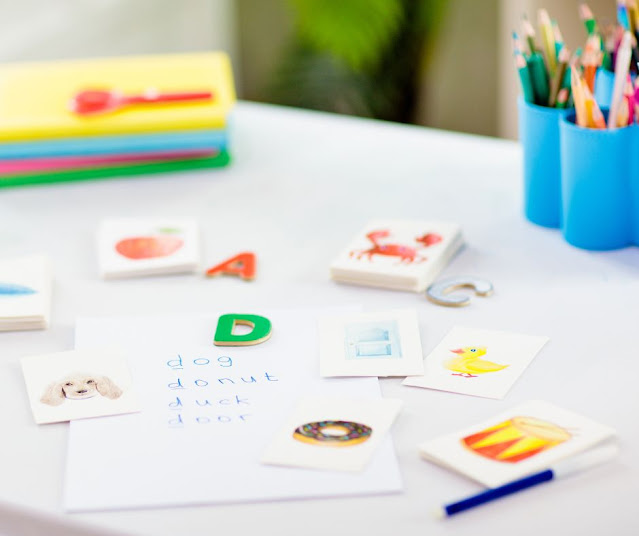Unlocking the Power of the Orton-Gillingham Method through Structured Lessons
For individuals with dyslexia, learning to read and write can be a challenge. Fortunately, the Orton-Gillingham method provides a highly effective approach to literacy education that has been widely acclaimed for its success in developing reading and writing skills.
One of the critical elements of this approach is the use of structured lessons. A well-structured lesson plan provides a clear and organised framework for educators, offering a roadmap for imparting knowledge in a way that is easy to follow and comprehend.
Structured lessons are particularly essential in the context of the Orton-Gillingham method. This approach places a strong emphasis on the explicit teaching of phonics, decoding, and encoding skills. By breaking down complex linguistic concepts into manageable components, structured lessons enable learners to grasp each element fully before moving on to the next.
The step-by-step nature of structured lessons also allows educators to address individual needs and provide tailored support, creating an optimal learning environment that caters to each learner's unique needs. This approach ensures that learners have a strong foundation in the fundamentals of language, setting them up for success in reading and writing.
Planning a Structured Lesson with the Orton-Gillingham Method:
1. Assessment and Individualisation:
Before crafting a lesson plan, it is essential to conduct a thorough assessment of each learner's abilities and challenges. This personalised approach allows educators to tailor their instruction to meet the unique needs of each student. Whether it's understanding phonemic awareness or addressing specific decoding difficulties, the Orton-Gillingham method thrives on individualisation.
2. Sequential and Cumulative Instruction:
The Orton-Gillingham method places a premium on sequential and cumulative instruction. When planning a structured lesson, educators should ensure that each component builds upon the previous one. This gradual progression facilitates a deep and comprehensive understanding of language structure, laying a solid foundation for literacy skills.
3. Multi-sensory Techniques:
Integrating multi-sensory techniques is a hallmark of the Orton-Gillingham method. Lesson plans should incorporate activities that engage various senses, reinforcing the connection between letters, sounds, and meaning. This multisensory approach enhances retention and caters to diverse learning styles, making the educational experience richer and more effective.
4. Regular Assessment and Feedback:
Structured lessons should include mechanisms for ongoing assessment and feedback. This continuous evaluation allows educators to track progress, identify areas that require additional attention, and adapt instruction accordingly. The Orton-Gillingham method thrives on this iterative process, ensuring that learners receive the support they need at every stage of their literacy journey.
The Orton-Gillingham method is an effective approach to literacy education that has helped countless individuals with dyslexia develop their reading and writing skills. By incorporating structured lessons into this approach, educators can unlock its full potential, empowering learners to succeed both in and out of the classroom.
The method's success lies not only in its principles but also in the meticulous planning of structured lessons. By recognising the importance of individualisation, sequential instruction, multi-sensory techniques, and ongoing assessment, educators can effectively implement this approach to empower learners with strong foundational literacy skills. The structured lesson, when aligned with the Orton-Gillingham method, becomes a powerful tool in breaking down barriers and fostering a love for reading and writing.




Comments
Post a Comment